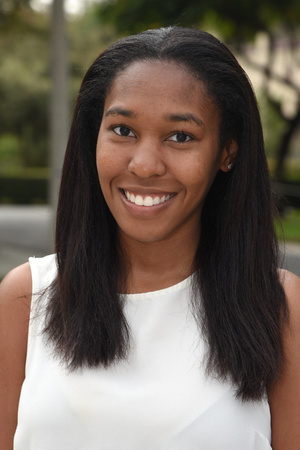Abstract: Bioluminescence imaging with luciferase-luciferin pairs is routinely used to monitor cellular events in real time. This technology relies on enzymes (luciferases) that catalyze the adenylation and oxidation of small molecules (luciferins), resulting in light. While powerful, this imaging modality has rarely been applied to multicomponent imaging due to a lack of distinguishable probes. Recent efforts have expanded the bioluminescence toolkit by engineering luciferases that selectively react with synthetic substrates (i.e., “orthogonal pairs”). These orthogonal probes comprise sterically and electronically modified luciferins that are selectively processed by mutant luciferases. However, the limited structural diversity amongst the luciferin analogs precluded the development of larger sets of compatible probes for studying complex processes. Additionally, the origin of selectivity between most orthogonal pairs is unknown, hindering rational design for additional pairs.
I have worked on addressing limitations in bioluminescence imaging via three approaches. In one area, I developed a new class of luciferins with disubstituted cores. The disubstituted luciferins could be used in tandem with existing luciferins, including singly modified substrates. In addition, I identified sites that were key for substrate selectivity. In a second approach, I explored the molecular basis for selectivity among a robust orthogonal pair. Mutations that contributed to substrate selectivity and thermal stability were identified. These mutations are currently being evaluated in mammalian cells to further verify the role of these sites for selectivity and stability. In the final area, I applied machine learning to identify new compound classes for orthogonal probe development. Luciferin analogs were clustered by similarities in reactivity profiles, where substrates in different groups were orthogonal to each other. Ongoing work will investigate residue hotspots for each compound class to identify starting points for evolution. Collectively, my work addresses key voids in bioluminescence imaging and provides a mechanistic basis for new tool development. Continued advances will allow for multicomponent imaging in complex cellular environments.
Speaker:
Institution:
Location:

